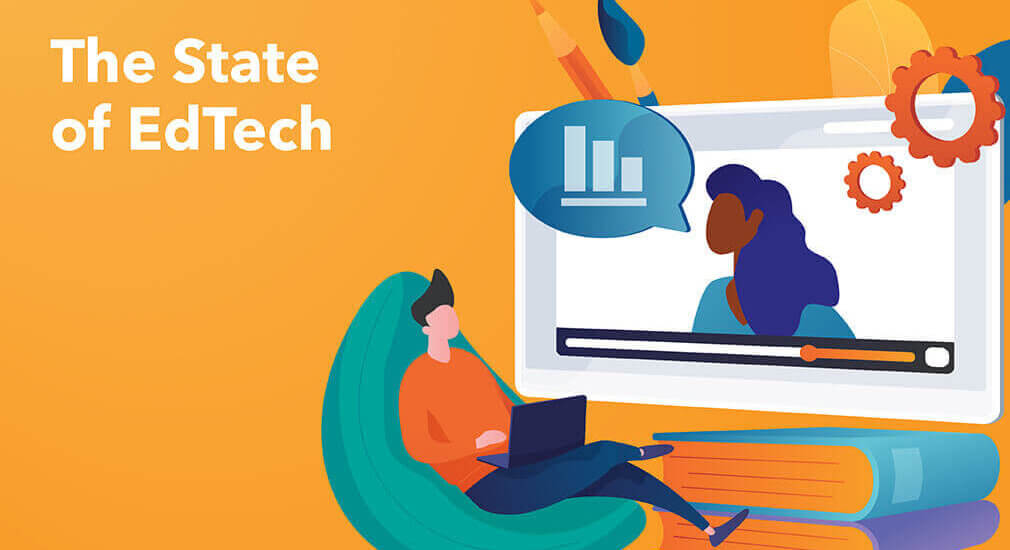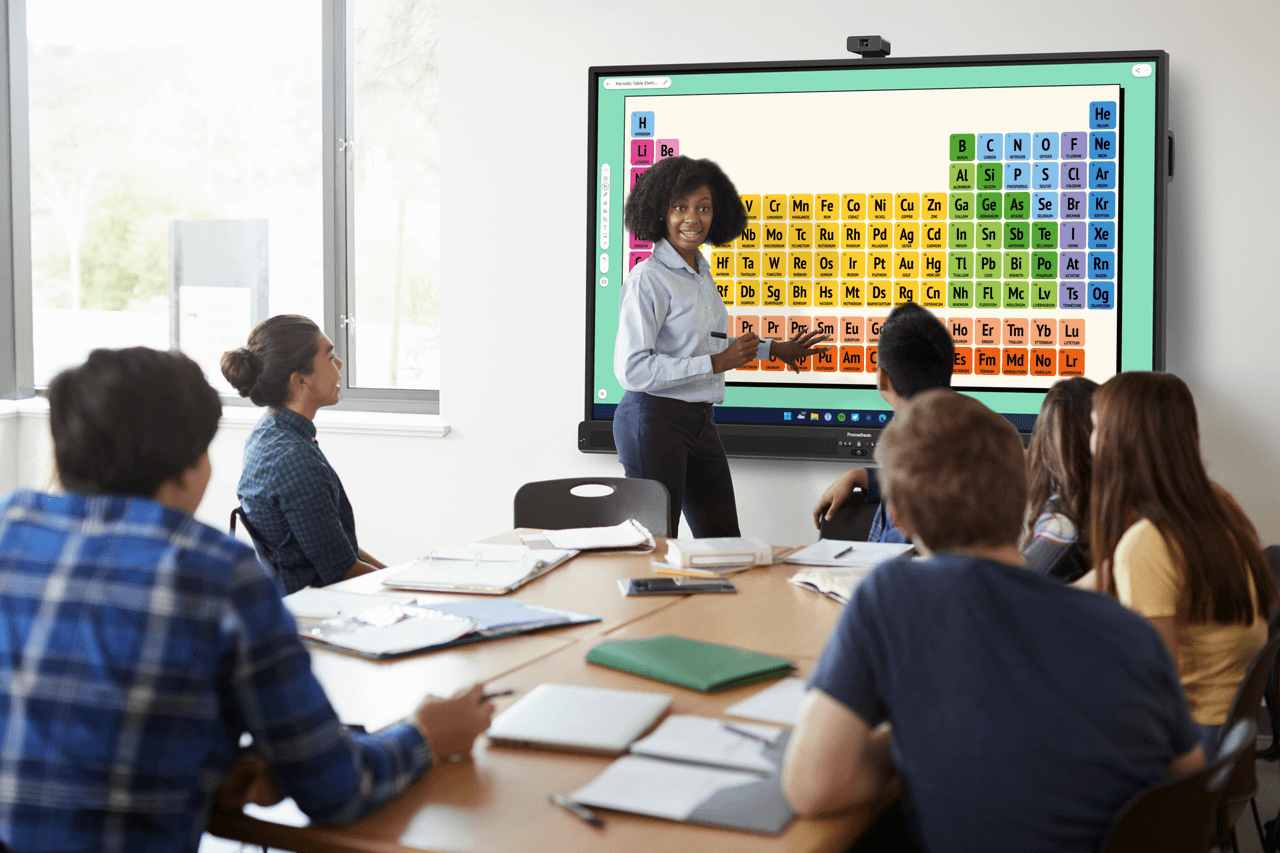Published on November 4th, 2020
The pandemic tests schools’ preparedness to shift to remote learning
6 minute read

In early March 2020, students, parents, and educators across the United States experienced something extraordinary—the near-total shutdown of their school buildings. Due to a pandemic that was rapidly gaining traction, this was not a gradual process. One day, kids were sitting at their desks while teachers stood at the front of the class giving their lessons. The next, they were all hunkered down in their homes, scrambling for a way to continue teaching and learning online.
Such an abrupt change is difficult under any circumstances, but in the midst of a dangerous health crisis, the shift to remote learning was extremely stressful for everyone involved. Students saw their daily routines turned upside down, teachers were forced to completely reimagine how they do their jobs, and parents faced the worries and challenges of having their children learn from home.
Educators report a lack of readiness
Promethean’s 2020 State of Technology in Education report, a survey of 1,200 American administrators and teachers, asked respondents how prepared they were to implement remote learning when their schools closed down. A mere 20% said they were “very prepared,” while 41% expressed being “somewhat prepared,” having the right technology to do the job but not the processes, and 16% had the right processes but not the right IT. A total of 23% were either ill-prepared or not prepared at all.
Of course, this lack of readiness is somewhat understandable, considering that no one could foresee a worldwide pandemic throwing the educational system into chaos. However, the U.S. Department of Education and other agencies have been issuing detailed guidelines to districts on how to handle such emergencies ever since the swine flu scare in 2009. And now that the nation is well into its eighth month of dealing with COVID-19, schools and districts should be better positioned to prepare for more months of modified learning, whether it be remote, hybrid, or in-person.
Teacher training in technology must be a priority
Unfortunately, problems with preparedness remain. For example, teacher training is something that’s been severely overlooked, both in terms of technology and remote learning techniques. A Washington Post article about how districts were unprepared to offer a high-quality virtual experience at the start of the 2020-2021 school year cited teacher training as one of the areas they were lacking in most.
One leader of a teachers union in Philadelphia noted that “many members had no time to ponder the details of online teaching” at the start of the pandemic because they were “so consumed with advocating for teacher and student health.” And yet, he remained somewhat optimistic, saying: “I can bet you money some teachers were already beginning to prepare on their own. …Teachers are creative.”
Best practices for training in the age of COVID
No doubt about it, teachers are creative. But it’s essential they get the support they need to navigate this new educational landscape. According to our survey, 43% of respondents said schools should make teacher training on technology their No. 1 priority in order to make remote learning successful.
A remote learning guide published by the Consortium for School Networking states: “Teaching online requires specialized skill sets, including an understanding of how to conduct classes in a virtual environment, knowing when and how to use videoconferencing, share content, respond to students’ submissions and more.”
While some districts are successfully implementing their own comprehensive training resources, many educators are finding solutions online, on social media, through private companies like Microsoft and Promethean, and from nonprofit educational organizations like Common Sense and ISTE and EdSurge.
According to EdTech: Focus on K-12, districts’ should focus their training on technology skills that can “quickly transfer to an online or remote environment.” It recommends that teachers be included in discussions about incorporating technology and identifying best practices; professional development opportunities “support the diverse learning styles of teachers” and provide a variety of learning options, and educators get help to “determine their level of tech proficiency and identify personal PD needs.”
Gaps undoubtedly remain in schools’ and districts’ strategies for educating students in the age of COVID-19, but progress can be seen throughout the country, and big wins are being achieved. Ideally, the progress the education community makes in using technology during the pandemic will take teaching and learning to the next level after this crisis is over and far into the future.
For more in-depth insights into key issues facing schools, download the full State of Technology in Education 2020 report.




